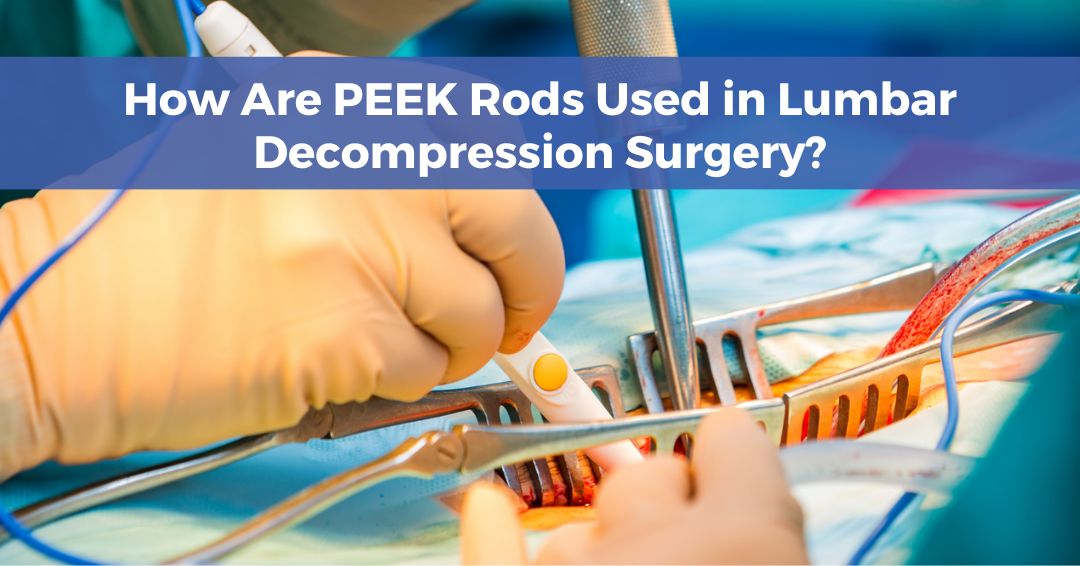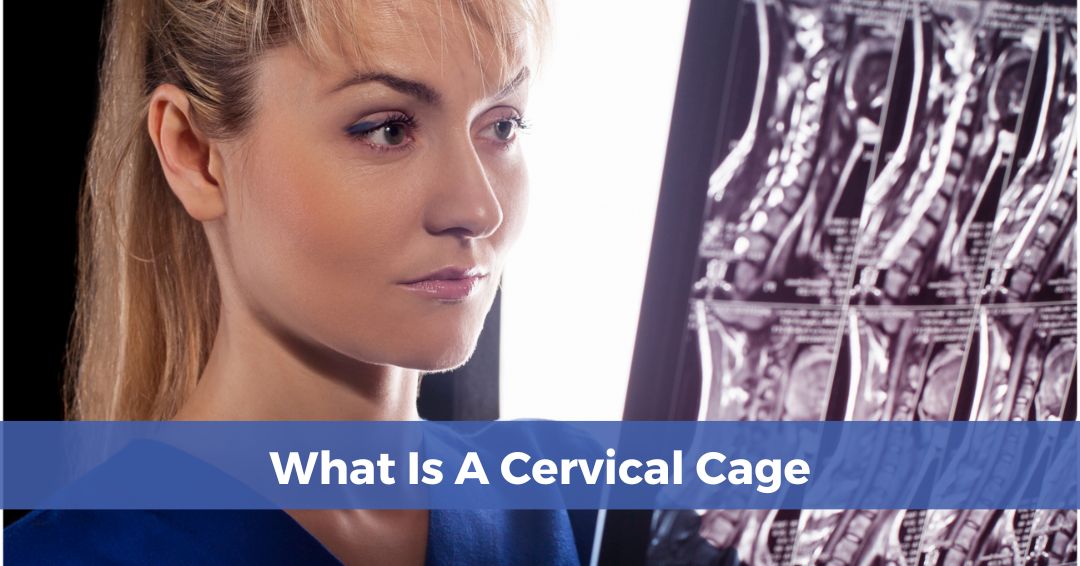In recent years, artificial disc replacements made from PEEK have garnered interest from researchers. The initial studies are promising and confirm that the high-performance polymer is ideal for the procedure.
Artificial disc replacement, or disc arthroplasty, is an alternative to anterior spinal fusion procedures, and is indicated in patients suffering from degenerative disc disease (DDD). During an artificial disc replacement procedure, the existing disc is either removed entirely, or only the nucleus is removed. The nucleus is the center of the disc, and is the only part that is replaced if the outside of the disc, the annulus, is in good condition.
Why consider artificial disc replacement?
Artificial disc replacement is used to treat the pain and lack of motion associated with DDD, but it’s not the only procedure available for the condition. Spinal fusion is also indicated in many DDD patients, and in these patients, a PEEK interbody cage is a common implant choice. In some cases, though, artificial disc replacement may make more sense. Here’s why:
- Disc arthroplasty preserves the spine’s motion – During spinal fusion, the space between the vertebrae is filled with an implant and a bone graft, locking, or “fusing” the bones together so that they move together. While this is often effective at reducing or eliminating pain, it can somewhat reduce the spine’s motion.Disc arthroplasty maintains the spine’s motion because it doesn’t lock vertebrae together. Instead, it replaces natural tissue with a device that aims to perform the same function.
- Disc arthroplasty helps patients get back on their feet faster – Following spinal fusion, patients are encouraged to take it slow in getting back to their normal activities. It takes time for the vertebrae to completely fuse, and during this time, it’s essential that the patient not strain or extend themselves.Disc arthroplasty, though, is intended to preserve motion, and patients are encouraged to start moving soon after surgery. This is also managed with gradual progression, but at a quicker pace than those who opt for fusion.
- Disc arthroplasty may reduce risk of certain complications – In rare cases, spinal fusion may cause other parts of the spine to bear more weight than normal. This may subject those parts to additional wear and tear, which could result in worsening symptoms.Disc replacement, though, doesn’t change the way the spine handles weight. It’s possible that this could lead to fewer complications, and according to a 2018 study published in Neurosurgery, the reoperation rate is extremely low among people who have undergone disc replacement surgery.
Why are PEEK artificial discs ideal?
Artificial discs can be made from one or more biomaterials, and PEEK is among the most promising materials for this procedure. The above Neurosurgery study looked at 33 patients who received a PEEK artificial disc, and in every instance, clinical improvements were seen with every patient. These improvements were maintained at two years, and included assessments of neck and arm pain. These results are comparable with artificial discs made from other biomaterials, so there is no loss in performance between metal and PEEK.
Beyond this, there are compelling reasons to believe that PEEK is the superior choice in artificial disc replacement. For example:
- PEEK has excellent bearing and wear properties – PEEK is endlessly modifiable, but in its unfilled, natural state, the high-performance polymer has good bearing and wear performance and therefore can be a candidate for motion preservation applications and related device components. Furthermore, since PEEK can be easily modified with specialty additives, the bearing and wear performance of PEEK can be improved to further reduce potential wear in various motion preservation devices, like artificial discs
- PEEK offers pure radiolucency – PEEK offers pure radiolucency, so it is invisible on most forms of medical imaging, including MRIs and CT scans. This pure radiolucency is helpful when imaging and assessing the implant site for progress. It’s also useful for detecting any complications early.Metal implants, by contrast, produce a lot of image contrast, so they are not as easy to accurately image.
Though it’s a relatively new procedure, PEEK artificial discs are a promising treatment option for people suffering from degenerative disc disease. With the polymer’s excellent bearing and wear capabilities, its pure radiolucency and its biocompatibility, PEEK artificial discs represent a viable alternative to spinal fusion surgery.




